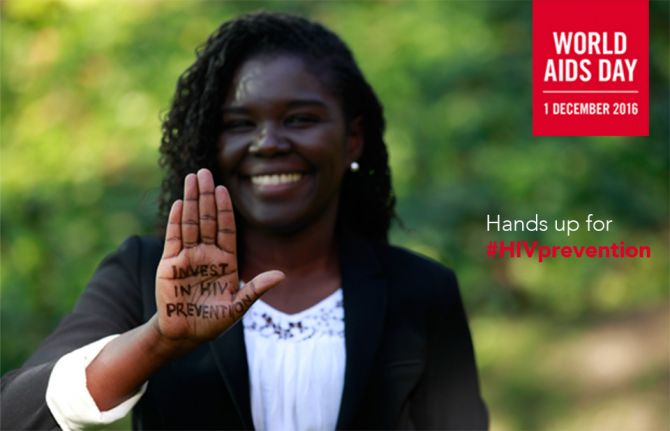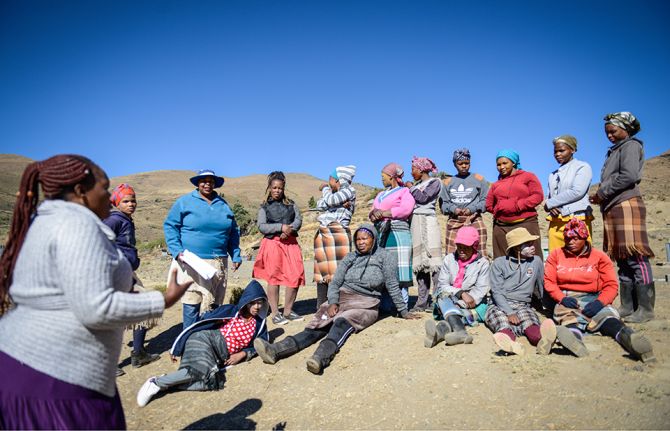

Feature Story
Closing the HIV prevention investment gap
28 November 2016
28 November 2016 28 November 2016Despite the progress made against HIV over the past 15 years and the availability of proven prevention and treatment methods, the annual number of new HIV infections among adults has remained static, at an estimated 1.9 million a year since 2010. Moreover, there has been resurgence of new HIV infections among key populations in some parts of the world.
Inadequate investments in prevention and unfocused investments that do not reach the most affected populations and locations are among the reasons for the prevention gap. An analysis of four countries in different regions and with different types of epidemic found that the funding of effective and focused primary HIV prevention programmes was low—6% of total HIV investments in Brazil, 4% in Cameroon, 15% in Myanmar and 10% in South Africa. Country allocations for HIV primary prevention (excluding mother-to-child transmission of HIV and voluntary HIV testing and counselling) by the United States President’s Emergency Plan for AIDS Relief and the Global Fund to Fight AIDS, Tuberculosis and Malaria have accounted for roughly 15% of total HIV expenditure.
With funding for prevention falling behind funding for treatment, fewer than one in five people at higher risk of HIV infection today have access to prevention programmes. UNAIDS modelling has shown that investing around a quarter of all the resources required for the AIDS response in HIV prevention services would be sufficient to make possible a range of prevention programmes, including condom programmes, pre-exposure prophylaxis, voluntary medical male circumcision, harm reduction, programmes to empower young women and girls, and mobilizing and providing essential service packages for and with key populations.
Investing more in prevention will also support treatment programmes to achieve their targets. Prevention programmes—including providing HIV information, condom distribution and outreach to young people and key populations—are often the first entry point for individuals to HIV testing and treatment. Community peer-led prevention programmes are also critical for reducing stigma and discrimination. Meanwhile, expanded access to treatment gives people at higher risk choices and encourages them to find out their HIV status; this, in turn, provides the opportunity to retain people who test negative in ongoing prevention programmes. Reducing the number of people who acquire HIV and will need treatment makes antiretroviral therapy programmes more sustainable.
In December 2015, the UNAIDS Executive Director, Michel Sidibé, called for investing a quarter for HIV prevention. In June 2016, United Nations Member States committed in the 2016 Political Declaration on Ending AIDS to ensuring that financial resources for prevention are adequate and constitute no less than a quarter of AIDS spending globally on average.
A number of countries have already taken action to increase their domestic funding for HIV prevention, including Namibia, which has committed to investing 30% of its HIV budget in preventing HIV among adults and children.



